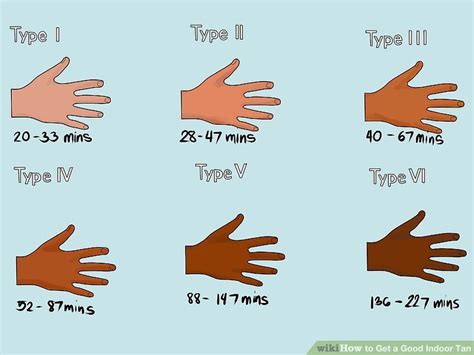A golden tan is often associated with health, beauty, and vitality. While some people are naturally blessed with darker skin tones, others may struggle to achieve the desired level of tan. If you’re looking to enhance your tan, there are several effective methods you can follow.

Understanding Tanning
Tanning is a natural response of the skin to ultraviolet (UV) radiation from the sun or tanning beds. UV rays trigger the production of melanin, a pigment that gives skin its color. The darker your skin, the more melanin it contains.
Types of UV Radiation:
- UVA: This type of radiation penetrates the skin deeply and is responsible for most tanning.
- UVB: This type of radiation is more harmful and can cause sunburns and skin cancer. It also contributes to tanning but to a lesser extent than UVA.
Ways to Get a Darker Tan
Natural Sun Tanning
- Gradual Exposure: Start with short periods of sun exposure (10-15 minutes) and gradually increase the duration as your skin darkens.
- Use Sunscreen: Always apply sunscreen with an SPF of 30 or higher to protect your skin from harmful UVB rays.
- Exfoliate: Remove dead skin cells by exfoliating regularly to promote even tanning.
- Moisturize: Keep your skin hydrated with a moisturizer to prevent dryness and flaking.
Tanning Beds
- Controlled Environment: Tanning beds provide a controlled environment with regulated UV exposure.
- Faster Tanning: Tanning beds emit higher levels of UVA radiation, allowing for quicker tanning.
- Follow Instructions: Carefully follow the recommended tanning times and guidelines to minimize the risk of skin damage.
Sunless Tanning
- Self-Tanners: These products contain dihydroxyacetone (DHA), which reacts with the skin to produce a temporary brown color.
- Spray Tans: This professional procedure involves spraying a DHA solution onto the skin for a quick and even tan.
- Important Note: Sunless tanning does not provide sun protection. Use sunscreen when outdoors.
Tanning Tips and Tricks
- Use Tanning Oils: Tanning oils contain ingredients that absorb UV rays and enhance the tanning process.
- Eat Tanning Foods: Consume foods rich in beta-carotene, such as carrots, tomatoes, and sweet potatoes, to support melanin production.
- Avoid Sunburn: Sunburns damage the skin and can hinder tanning. Take precautions to prevent them.
- Hydrate: Drink plenty of water to keep your skin hydrated and promote tanning.
- Be Patient: Tanning takes time. Don’t rush the process or you risk skin damage.
Benefits of Tanning
- Improved Mood: Tanning can boost serotonin levels, leading to improved mood and well-being.
- Increased Confidence: A tan can enhance self-confidence and body image.
- Vitamin D Production: Tanning helps the body produce vitamin D, which is essential for bone health.
- Prevents Skin Cancer: Moderate tanning may actually reduce the risk of melanoma, the most serious type of skin cancer. However, excessive tanning can increase the risk.
Table 1: Tanning Methods and Their Pros and Cons
| Method | Pros | Cons |
|---|---|---|
| Natural Sun Tanning | Gradual, natural | Risk of sunburn, skin cancer |
| Tanning Beds | Faster tanning, controlled environment | Risk of skin damage, premature aging |
| Sunless Tanning | No UV exposure, temporary tan | Can fade unevenly, may have an orange hue |
Table 2: Tips for a Safe and Effective Tan
| Tip | Importance |
|---|---|
| Use sunscreen with SPF 30 or higher | Protects skin from harmful UVB rays |
| Exfoliate regularly | Removes dead skin cells for even tanning |
| Moisturize daily | Keeps skin hydrated and prevents flaking |
| Follow recommended tanning times | Avoid overexposure to UV rays |
| Consult a dermatologist | For personalized advice on tanning and skin health |
Table 3: Foods That Support Melanin Production
| Food | Beta-Carotene Content (mcg) |
|---|---|
| Carrots | 11,128 |
| Sweet Potatoes | 9,217 |
| Tomatoes | 5,208 |
| Spinach | 4,972 |
| Cantaloupe | 3,801 |
Table 4: Contraindications for Tanning
| Condition | Precaution |
|---|---|
| Skin Cancer | Avoid tanning completely |
| Autoimmune Disorders | May increase sensitivity to UV rays |
| Pregnancy | Use sunscreen and limit sun exposure |
| Certain Medications | May interact with tanning agents |
Conclusion
Getting a darker tan is achievable with the right approach. By understanding the tanning process, following safe practices, and using effective methods, you can enhance your skin’s color and enjoy the benefits associated with a tan. Remember to prioritize skin health and use sunscreen to protect yourself from the harmful effects of UV radiation.
